
Product test
Samsung Odyssey OLED G9: a juggernaut of a gaming monitor
by Samuel Buchmann

There’s rarely been as much monitor news as in the last few weeks. We can expect an influx of OLED models but also a few other innovations. Time for an epic overview.
Have you been waiting a long time for the right moment to buy a screen? It's approaching in leaps and bounds. 2024 will be an excellent year for displays. In this article, I'll give you an overview of the trends and innovations.
At this year's CES in Las Vegas, manufacturers set off a firework display of new monitors. The two panel manufacturers LG Display and Samsung Display are engaged in a fierce battle for market dominance. The winner of the duel is you, the consumer. Because the list of promising devices is long.
In order to categorise the new monitors, you need an overview of the current display technologies. They fall into five categories:
An overview of the advantages and disadvantages of LCD and OLED:
If you want to know more about the technical basics, I recommend this article on OLED vs. LCD and this article on WOLED vs. QD-OLED by colleague Luca Fontana.
The most important differences between the various LCD technologies:
The most important differences between QD-OLED and WOLED:
Both LG and Samsung are trying to minimise the disadvantages of their technology: LG squeezes as much brightness out of its new WOLED displays as Samsung's QD OLED achieves. Namely around 250 nits to fill the screen. However, this could lead to more heat and therefore a higher risk of burn-in. There are no meaningful long-term tests yet.
Samsung, on the other hand, has reduced the problem of colour fringing. The rectangular shape of the individual sub-pixels and the higher pixel density of up to 140 pixels per inch (PPI) should help. LG also wants to get closer to the text sharpness of LCD. The latest generation of WOLED displays also has an optimised sub-pixel pattern and a pixel density of up to 140 PPI.
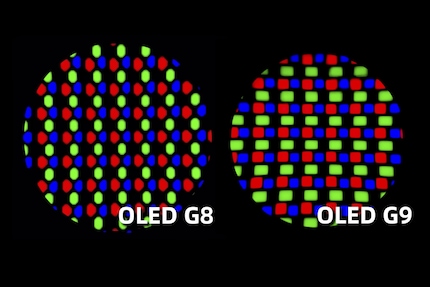
The advantages of OLED displays are slowly gaining the upper hand. They are now even suitable for graphics and image editing. The latest monitors cover the AdobeRGB colour space almost completely. In practice, this means the following in summary:
The biggest trend this year by far is OLED screens with a 32-inch diagonal, 4K resolution and 240 hertz frame rate. The displays all come from either Samsung Display (QD-OLED) or LG Display (WOLED). Here is an overview of the announced models and their connections for signal transmission.
With QD-OLED from Samsung Display:
With WOLED from LG Display:
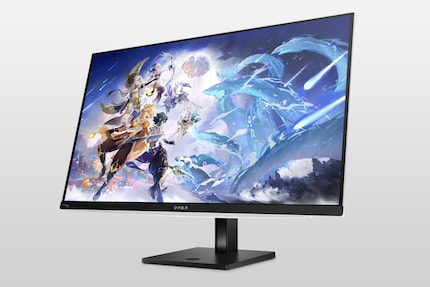
We will only know which one is the best after extensive testing. In addition to the two display technologies, the differences lie primarily in the software and features. Four things already stand out:
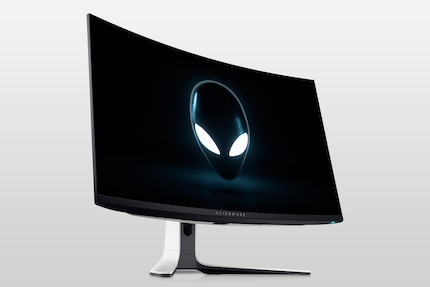
US prices and availability are known for three models so far: The MSI MPG 321URX and Alienware AW32225QF are priced at $1199, while the HP Omen Transcend 32 is priced at $1499. All devices with QD OLED are expected to arrive soon. The monitors with LG's WOLED display have only been announced for the second half of the year.
Would you rather have more hertz than a high pixel density? You can have that. With a diagonal of 27 inches and a 1440p resolution, there is also a large selection of new screens. Those with Samsung's QD-OLED reach 360 hertz, LG's WOLED display achieves 480 hertz. Like their big siblings, both have the improved subpixel layouts.
With QD-OLED from Samsung Display:
With WOLED from LG Display:
Here, the only solid announcement of price and date comes from Alienware: the AW2725DF costs $899 and will be available in Europe in February.
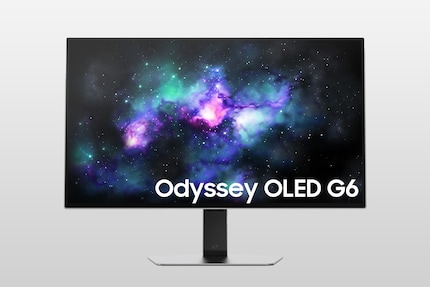
QD OLED screens in 21:9 and 32:9 formats have been around for a while. I have tested some myself and found them to be good.
All 49-inch screens already use the second generation of Samsung's QD-OLED with the improved subpixel pattern. The previous 34-inch models still have the old pattern. New models will also receive the second panel generation in 2024, although only MSI has announced one so far. The resolution remains at 3440 × 1440 or 5120 × 1440 pixels, the curvature at 1800R. There are different levels for the frame rate.
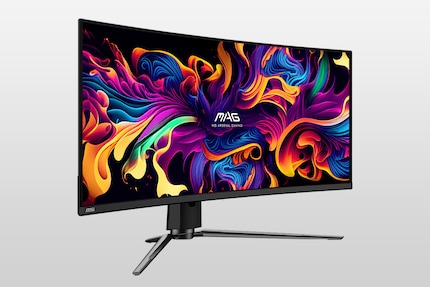
Here is an overview of the already available and upcoming widescreens with the latest generation of QD OLED displays.
34 inch with QD-OLED from Samsung Display:
49 inch with QD-OLED from Samsung Display:
Ultrawide models with WOLED displays are also coming this year. LG produces displays in 21:9 format with diagonals of 34 and 39 inches. They both have a UWQHD resolution of 3440 × 1440 pixels. The frame rate is 240 hertz. The monitors are very aggressively curved at 800R.
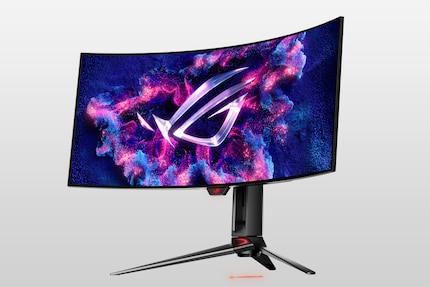
These panels also come from LG's new WOLED generation. They have the higher maximum full-screen brightness of around 250 nits - but unlike the 32-inch screens with 4K, they do not have the optimised subpixel pattern for less colour fringing.
34-inch with WOLED from LG Display:
39 inch with WOLED from LG Display:
Acer has already announced prices and availability. The Predator X34 X costs 1299 US dollars, the X39 1499 US dollars. Both are expected to arrive in the second quarter of 2024.
LCDs for gaming remain exceptionally quiet this year. Only Acer has announced two monitors with mini LED backlighting.
The Acer Predator Z57 is almost a copy of the Samsung Odyssey Neo G9: Local Dimming with 2304 zones, VA panel, 57-inch diagonal and dual UHD resolution. That's 7680 × 2160 pixels. Unlike Samsung's model, Acer's only has 120 instead of 240 hertz and only DisplayPort 1.4 instead of 2.1, but there is a USB-C port. The Predator Z57 will be available in the second quarter of 2024 and costs 2399 euros - the same price as Samsung's monitor a few months ago. For the Predator to become attractive, the street price would have to fall sharply.
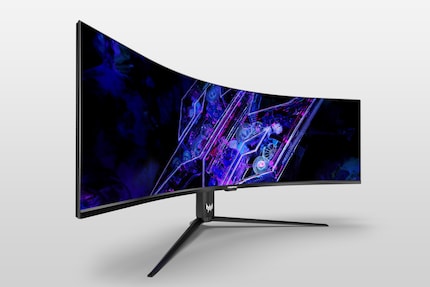
The second monitor from Acer is smaller, but cheaper. The Acer Predator X34 is 34 inches in size, has an IPS panel, 180 Hertz and a resolution of 3440 × 1440 pixels. It also has local dimming with 2304 zones. Acer quotes a starting price of 899 euros.
Enough gaming. What if you're looking for an office monitor? For sharp text, nothing beats an LCD display with an IPS panel. Progress in this area is rare. There are still practically no devices with mini-LED and local dimming. One exception is Apple's four-year-old ProDisplay XDR. But you have to sell a cardioid for that and it only works satisfactorily with Macs.
I'm therefore looking forward to the 32-inch Asus ProArt PA32UCXR, which should be available soon. It actually has mini-LED with local dimming - with a total of 2304 zones. The 4K resolution means a pixel density of 140 PPI. Asus claims 1600 nits peak brightness, which gives the PA32UCXR HDR 1400 certification. Its colour space coverage also makes it suitable for image processing: 100 per cent sRGB, 99 per cent Adobe RGB, 97 per cent DCI-P3. The only downside is the frame rate of 60 hertz.
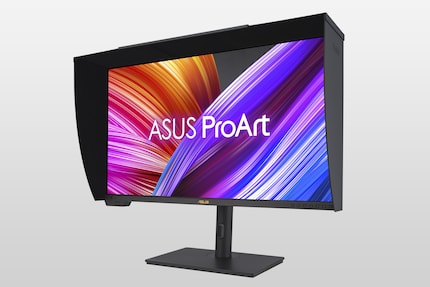
Dell is trying to achieve better contrast with its IPS black panels without local dimming: The new UltraSharp U4025QW looks like a good option for the office. It is large (40-inch, 21:9), bright (600 nits), has a good pixel density (140 PPI) and is the first monitor of this size and resolution to offer a higher frame rate (120 Hz). However, it will cost 2399 US dollars at market launch in the first quarter of 2024.
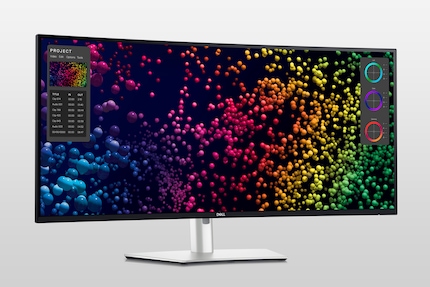
A cheaper ultrawide option with a high frame rate comes from LG. The 38WR85QC-W is set to launch in Europe in February. The pixel density is a standard 109 PPI, as the IPS panel only has a resolution of 3840 × 1600 pixels. However, it has 144 Hertz, AMD FreeSync Premium Pro and G-Sync-compatible Adaptive Sync. The brightness is 450 nits. The LG 38WR85QC-W costs 1199 US dollars in the USA.
None of this is enough for you or the new OLEDs are too expensive? Then be patient. Development is progressing rapidly thanks to the competition between LG and Samsung. 2024 is no longer expected to bring any big surprises. But things will continue next year.
LG Display's roadmap envisages mass production of a 45-inch WOLED panel with a resolution of 5120 × 2160 pixels by the end of 2024. If everything goes smoothly, it will find its way into finished monitors a few months later. Later in 2025, 34- and 39-inch displays with the same resolution are planned. This would mean a pixel density of up to 163 PPI. All with a frame rate of 240 hertz. At the same time, LG is reportedly researching switching to a normal RGB sub-pixel layout. This would enable text sharpness at LCD level.
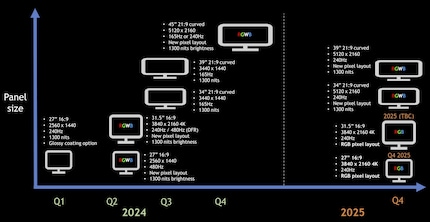
Samsung Display has not yet announced any detailed plans for next year. However, you can assume that there will also be wider QD OLED panels with 140 PPI pixel density. Samsung will also be showing a prototype display with 160 PPI at CES. Higher brightness is also to be expected. This is because Samsung is already increasing it to 3000 nits peak and 300 full screen for the new TVs this year.
What is as certain as the Amen in church: screens will quickly become cheaper. High-end devices in particular usually cost several hundred francs less after six months than at market launch. The Samsung Odyssey OLED G9 G93SC and the Alienware AW34DWF, for example, have become great bargains. So if you don't necessarily want to be an early adopter, wait for good deals.
In any case, I'm looking forward to the monitor year 2024. You can expect lots of detailed reviews of the new models - I've already sent out more requests for test devices than in the whole of last year.
Header image: Asus
My fingerprint often changes so drastically that my MacBook doesn't recognise it anymore. The reason? If I'm not clinging to a monitor or camera, I'm probably clinging to a rockface by the tips of my fingers.
Interesting facts about products, behind-the-scenes looks at manufacturers and deep-dives on interesting people.
Show all